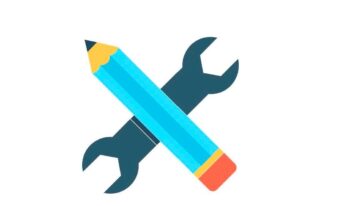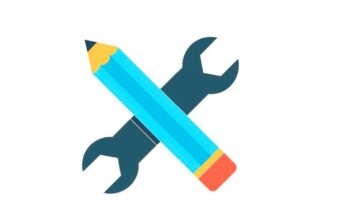QUICK LINKS
4.2.1 Determine whether to exit project
4.2.2 Gradual phase out of project support and exit
4.2.3 Conduct follow-up monitoring to assess sustainability of change and consider follow up action as needed
4.2.1 Determine whether to exit project
Based on results of monitoring and evaluation and community self-assessment, and related discussions sharing results, determine which of the following options is most appropriate and feasible. It is important that any decision to exit the project and withdraw support should be based, as far as possible, on the CBO members’ assessment of their own self-reliance, readiness for withdrawal, and desire to continue to act on improving animal welfare.
- Withdrawal Support and Exit - this option is recommended when:
a. The desired behavioural change and related animal welfare improvements have been achieved, or
b. When the desired behavioural change and related animal welfare improvements have not been achieved/seem unlikely to be sustained and feasibility of achieving them is unlikely. - Continue Support and Do Not Exit: this option is recommended when desired behavioural change and related animal welfare improvements have not been achieved or are unlikely to be sustained due to issues with strategy, community capacity, or unexpected circumstances, and your project has the necessary resources to continue supporting the project. In such cases, it is recommended you build the necessary capacity and/or adapt the community development strategy and re-plan in collaboration with the community to continue working to achieve desired results.
Any determination to exit and gradually withdraw support, and the projects’ ability and desire to continue support should be shared and discussed with the animal owning community and other relevant stakeholders for full transparency and accountability.
4.2.2 Gradual phase out of project support and exit
The aim of this period is for the community to become gradually independent of regular facilitation while maintaining animal welfare improvements and reacting rapidly and effectively to any threats or downturns in welfare.
Develop plan for withdrawal of regular support with the group. During this stage you should come to an agreement with the group about how much of your support that they will need in the future. The group needs to agree on a transition from your facilitation to a situation where they continue to meet and take action to improve animal welfare without your regular support. This will involve careful planning. Long-term support may include holding an annual meeting, helping to overcome specific problems or crises, and/or linking the group with other relevant agencies and federating local community groups.
Get the community to discuss how they will plan, who will be the representative for the group, whether this will change over time and how new representatives will be decided. Encourage the group to reach out to other resource or service providers for collaboration, find out what further support they might need from the project, agree a timeframe, establish criteria of how group will measure self-reliance and enable identification of their own self-reliance based on criteria.
Prepare an action plan to continue welfare improvement based on the self-evaluation analysis:
- Discuss the process of continuing improvement in animal welfare with the group when they develop their new action plan.
- Agree what support is needed from you and the project to implement their action plan.
- Agree a time frame for giving this support and implementing the plan.
- Get the group to decide who their representative will be, whether this will change over time and if so, what will guide decisions about employing new representatives in the future.
- Establish criteria with the group for measuring their self-reliance and enable them to identify their current level of self-reliance based on these criteria.
- Encourage the group to reach out to other resource- and service- providers
- Withdraw your regular facilitation from the group according to the agreed time frame. Provide active support only in response to the group members’ request and only in a crisis, which they cannot resolve on their own.
Gradually withdrawing support will enable you to extend your facilitation into other communities where animals are in need and enable you to support improving the lives of more animals over a larger area in the long term than would be possible if you stayed closely involved with one group or community.
4.2.3 Conduct follow-up monitoring to assess sustainability of change and consider follow up action as needed
Animal welfare improvements are only truly a success if the desired behaviours continue to be practiced by the community and the related improvements in animal welfare are sustained over the long term. As such, it is essential to conduct follow-up monitoring for a period after all support has been withdrawn. This will enable the project to use learnings from results to adapt its implementation strategies as needed, and potentially re-engage the community to support maintenance of desired change. Consider continuing monitoring activities on a yearly basis for up to two to three years before determining the extent to which the project has been a success.
It is recommended you develop post-exit re-entry criteria for providing spot interventions to address underperforming indicators identified through monitoring. For example, you may consider providing additional project support if results show two or three indicators are not being maintained, or if any indicator falls below a certain limit of acceptance. Continue periodic monitoring to assess improvement in underperforming indicators due to any re-entry activities.


